|
It's a small island, only about a square mile in size. It's in a very strategic location, however, in the huge and important San Francisco Bay. Angel Island has a rich and colorful history that dates back hundreds of years. It's been a Coast Miwok Indian settlement, and was first described by a Spanish explorer in 1774, Fray Francisco Palou. It was part of a land grant by the Mexican government in 1834 that was later contested, and by the mid-1860's was a U.S. Army Infantry Station.
Inhabited at times by squatters, and at other times used as a location for pistol duels, it later became a U.S. quarantine and immigration station. The U.S. Army came back in 1940 after a fire at the immigration station resulted in that function being moved to San Francisco. The development of jet fighter planes late in World War II led to use of the island as an air defense base for Nike missiles. Finally, the U.S. Army vacated the base in the 1970's, and it eventually became what it is today - a California State Park. In the 1900's it had a fire department - see the Angel Island Fire Department page under former FD's this week for more information and photos. We are hoping to collect much more. Thanks to contributors Greg Jennings and Ed Cunha for a good start on the Marin fire service history on this fascinating island. Looking at Marin County today, a newcomer would have little idea that there was once a very large military presence here. The military, in fact, was a common source of firefighters for large fires in Marin in the second half of the 1800's and the first half of the 1900's. In the case of what was originally called Hamilton Field, and later Hamilton Air Force Base, the facility had it's own fire department and rescue capabilities.
Hamilton Airfield was named for First Lieutenant Lloyd Andrews Hamilton of the 17th Aero Squadron, awarded the Distinguished Service Cross for "extraordinary heroism in action" at Varssonacre, Belgium, in leading a low level bombing attack on a German airdrome 30 miles (50 km) behind enemy lines on August 13, 1918. Thirteen days later Hamilton died in action near Lagnicourt, France. This week we have started the history page for this fire department and the base, and hope to find many more photos and information over time. Please check it out under the former fire departments section. The Empire of Japan formally surrendered to Allied Forces on September 2, 1945, signing the papers aboard the battleship USS Missouri (BB-63). VJ-Day was celebrated with passion across America, including in Times Square in New York City, when Navy Photographer Victor Jorgensen snapped the famous shot below. Roughly three weeks later, a large swath of West Marin County was on fire.
This week we are publishing the story of the largest forest fire recorded in Marin County history. It started a few miles upstream from Samuel P. Taylor's Pioneer Paper Mill. After making his fortune in the Gold Rush, Taylor is best remembered for building the Mill in 1856 along Papermill Creek, then known as Daniel's Creek, the first Paper Mill of it's kind in California. He used scrap paper and rags from San Francisco to produce newsprint, and the world's first square bottomed bags, a novelty back then. After the Pioneer Mill burned down in 1916, another mill was built and operated by the Ruoff family upstream, and this is where the fire started, according to West Marin Historian Dewey Livingston. Thanks to our contributors to this story - Dewey Livingston for his story, and Greg Jennings, Rich Testa, Pete Martin, and Laurie Thompson for the use of photographs. We'll grow this story over time, so please let us know if you have anything to add. This week features the start of the page on the history of the Marin Sonoma Fire Training Officers Association. This group was created in 1982, and lived until 2010. They provided and/or coordinated a great deal of training in Marin and Sonoma Counties, and were part of growing the programs and teaching at the Santa Rosa Junior College Fire Technology program, including the Fire Academy. We have posted the start of a written history, a photo slide show, and a 9-minute video of the 2004 Mutual Aid Drill (MAD) held at Infineon Raceway.
"Teamwork is the ability to work together toward a common vision. The ability to direct individual accomplishments toward organizational objectives. It is the fuel that allows common people to attain uncommon results." - Andrew Carnegie (1835-1919, Scottish-American industrialist) Most of the historical fires on Mount Tamalpais start as vegetation fires, and many impacted structures. Posted this week is the story of a grass and brush fire extending into the world famous Tavern of Tamalpais at the top of the mountain. It was operated by the Mount Tamalpais and Muir Woods Railroad. In those days one could take the train from Mill Valley and travel almost to the very top of the mountain, rest at the tavern and perhaps stay overnight, and then take an open-air gravity car down into Muir Woods. People visited this attraction from all over the world. Visitors included future U.S. President Franklin D. Roosevelt among others.
1923 was a bad year for fires in California. For example, several months after the Mt. Tam fire, the great Berkeley fire would consume 640 homes. About a week later, a huge wildfire in Marin County would burn from Lucas Valley into Lagunitas and beyond. See our major fires section for more information. |
AuthorOur Blog announces new site content, and gives the context of the topic and it's relationship to fire service history. Written by Bill Lellis & Paul Smith Archives
August 2022
Categories |
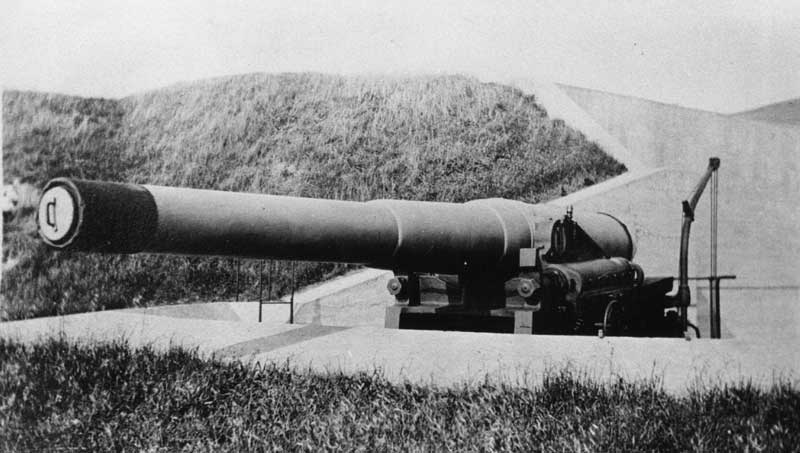
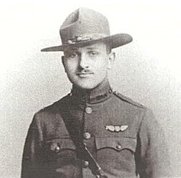
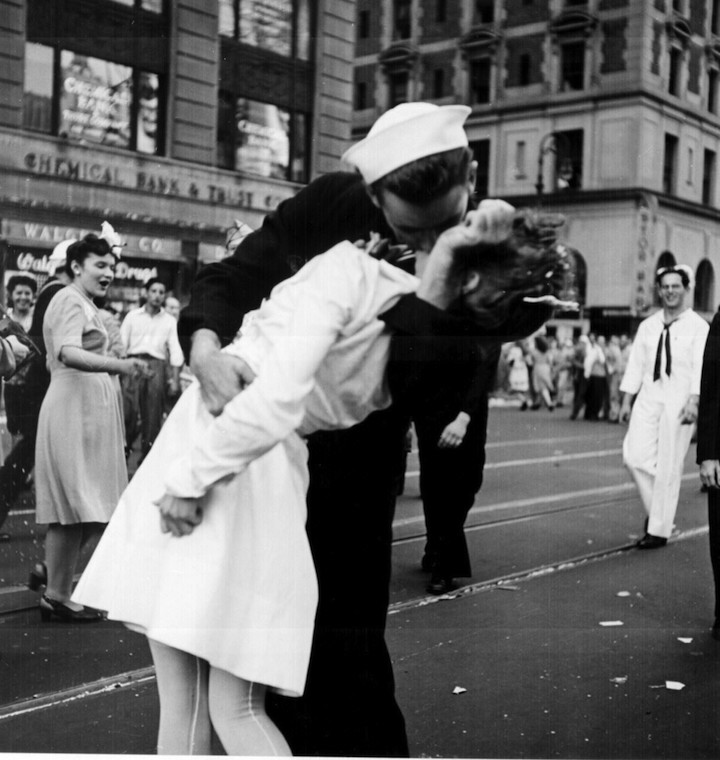
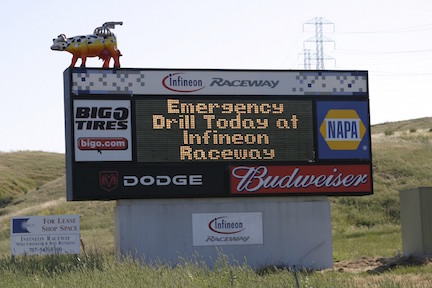
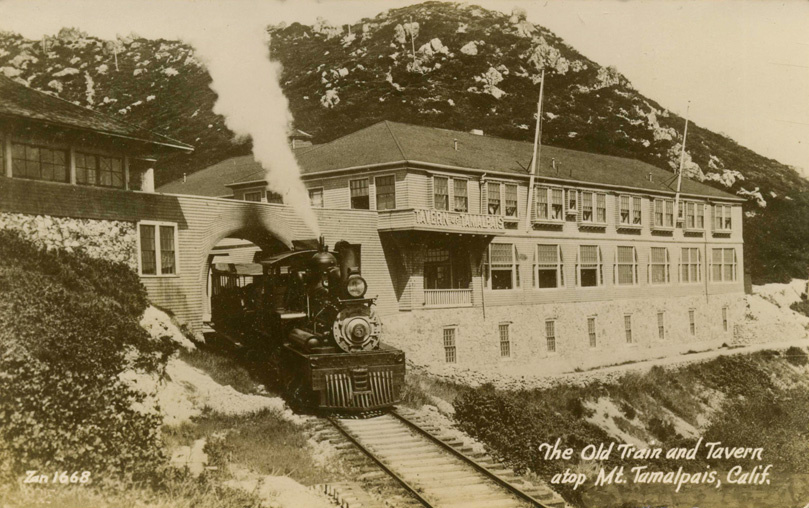
 RSS Feed
RSS Feed